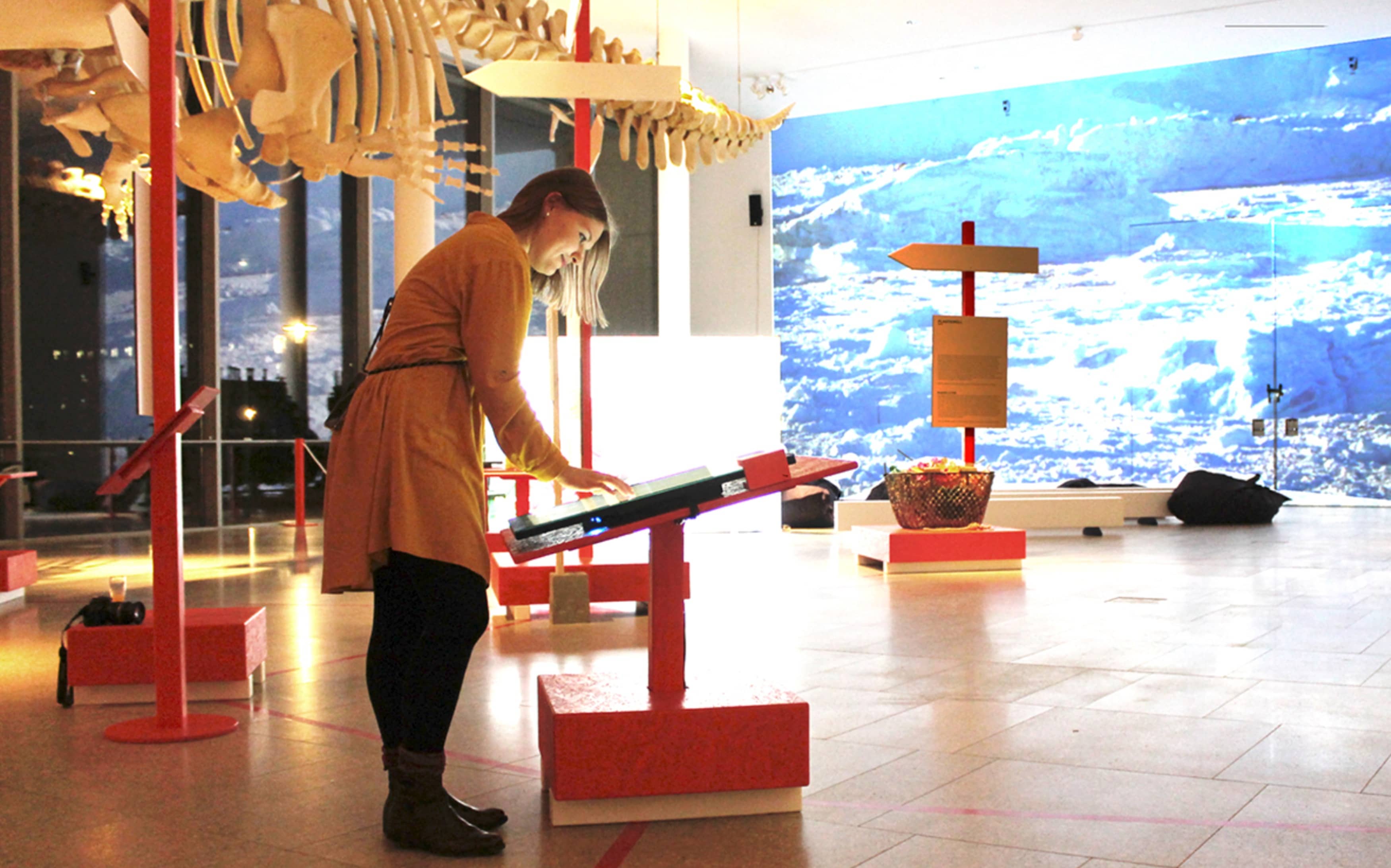Which ship is currently in which place in the world? Visitors to the German Maritime Museum can follow the movement of ships in real time on a live ship map.
World and sea in change - that is the theme of the SEA CHANGES exhibition in the German Maritime Museum. Using the polar regions as an example, it examines the influence of climate (change) on shipping, ecosystems and natural resources. In recent years, shipping traffic on the world's oceans has increased noticeably. Over 90,000 ships of various sizes are sailing on the world's oceans. These include cargo ships (container ships, oil, gas and chemical tankers, bulkers), passenger ships (ferries and cruise ships) and service ships (e.g. tugs, offshore supply and research ships).



